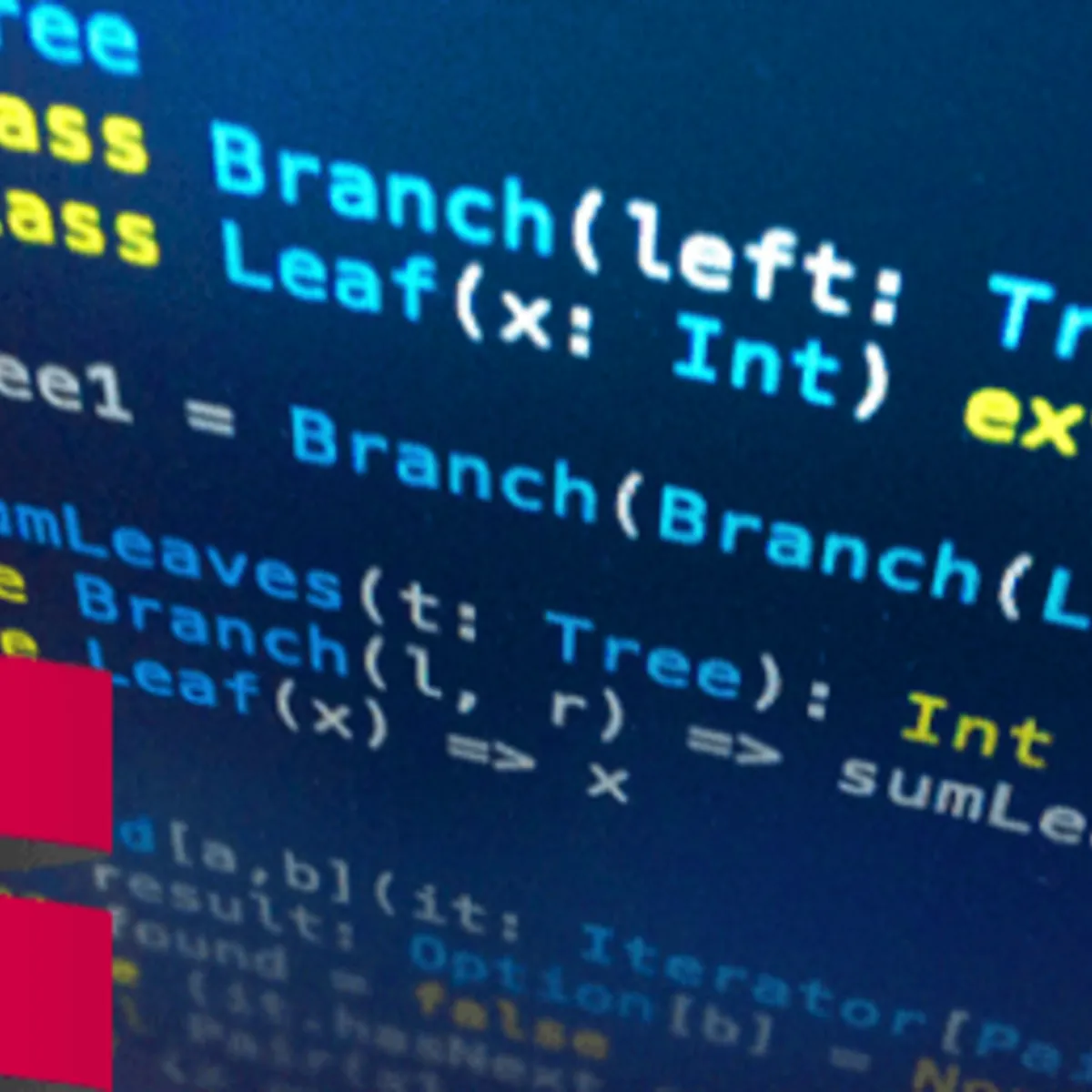
Data Visualization with Python: The Complete Guide 
This comprehensive online course provides an in-depth exploration of data science concepts and the tools needed to create advanced graphical visualizations. Enroll now to gain the skills necessary to become a successful data scientist. ▼
ADVERTISEMENT
Course Feature
![]() Cost:
Cost:
Paid
![]() Provider:
Provider:
Eduonix
![]() Certificate:
Certificate:
No Information
![]() Language:
Language:
English
![]() Start Date:
Start Date:
Self Paced
Course Overview
❗The content presented here is sourced directly from Eduonix platform. For comprehensive course details, including enrollment information, simply click on the 'Go to class' link on our website.
Updated in [March 06th, 2023]
This course, Data Visualization with Python: The Complete Guide, provides an in-depth exploration of data visualization techniques and tools. Students will learn vital data science concepts and build advanced graphical visualizations from the ground up. Through hands-on activities, they will gain an understanding of the fundamentals of data visualization, including data types, data wrangling, and the use of various Python libraries. By the end of the course, students will be able to create compelling visualizations to effectively communicate data insights.
[Applications]
After completing this course, students will be able to apply their knowledge of data visualization with Python to create compelling visualizations for data analysis. They will be able to use Python libraries such as Matplotlib, Seaborn, and Plotly to create various types of charts and graphs. Additionally, they will be able to use Python to create interactive visualizations, such as maps and dashboards. Finally, they will be able to use Python to create data-driven stories and presentations.
[Career Paths]
1. Data Scientist: Data Scientists are responsible for collecting, analyzing, and interpreting large amounts of data to identify trends and patterns. They use a variety of tools and techniques, including Python, to create visualizations that help organizations make better decisions. Data Scientists are in high demand and the demand is expected to continue to grow as organizations become increasingly data-driven.
2. Business Intelligence Analyst: Business Intelligence Analysts use data to help organizations make better decisions. They use Python to create visualizations and dashboards that help organizations understand their data and make informed decisions. They also use Python to develop predictive models and algorithms that can be used to forecast future trends.
3. Data Engineer: Data Engineers are responsible for designing, building, and maintaining data pipelines and data warehouses. They use Python to develop ETL (Extract, Transform, Load) processes to move data from one system to another. They also use Python to develop data models and algorithms that can be used to analyze large datasets.
4. Machine Learning Engineer: Machine Learning Engineers use Python to develop and deploy machine learning models. They use Python to develop algorithms that can be used to identify patterns in data and make predictions. They also use Python to develop applications that can be used to automate tasks and make decisions.
[Education Paths]
1. Bachelor of Science in Data Science: This degree path provides students with a comprehensive understanding of data science principles and techniques. Students learn to analyze data, develop algorithms, and create visualizations to gain insights from data. Additionally, they learn to use various tools and technologies to develop data-driven solutions. This degree path is becoming increasingly popular as businesses and organizations rely more heavily on data-driven decision making.
2. Master of Science in Business Analytics: This degree path focuses on the application of data science principles and techniques to business problems. Students learn to use data to identify trends, develop strategies, and make decisions. They also learn to use various tools and technologies to develop data-driven solutions. This degree path is becoming increasingly popular as businesses and organizations rely more heavily on data-driven decision making.
3. Master of Science in Artificial Intelligence: This degree path focuses on the application of artificial intelligence principles and techniques to solve complex problems. Students learn to use various tools and technologies to develop AI-driven solutions. This degree path is becoming increasingly popular as businesses and organizations rely more heavily on AI-driven decision making.
4. Master of Science in Machine Learning: This degree path focuses on the application of machine learning principles and techniques to solve complex problems. Students learn to use various tools and technologies to develop machine learning-driven solutions. This degree path is becoming increasingly popular as businesses and organizations rely more heavily on machine learning-driven decision making.
Pros & Cons

Comprehensive content and complete guide for data visualization with Python

Positive feedback from learners, indicating it is a great and helpful course

Appreciation for the quality and usefulness of the course material

No specific cons mentioned in the provided reviews

Limited feedback provided in the reviews

No further details provided in the reviews
Course Provider

Provider Eduonix's Stats at AZClass
Discussion and Reviews
0.0 (Based on 0 reviews)
Explore Similar Online Courses

InDesign: Typography Part 1

How to Trade Forex like a Hedge Fund: Long FX Strategies

RDBMS PostgreSQL

Intro To PostgreSQL Databases With PgAdmin For Beginners

PostgreSQL: Client Applications

Mastering SQL using Postgresql

Database Design and Basic SQL in PostgreSQL

PostgreSQL: Advanced Queries

Spatial SQL with Postgres : A language for geographers

Learn SQL Using PostgreSQL: From Zero to Hero

PostgreSQL Essential Training


Start your review of Data Visualization with Python: The Complete Guide